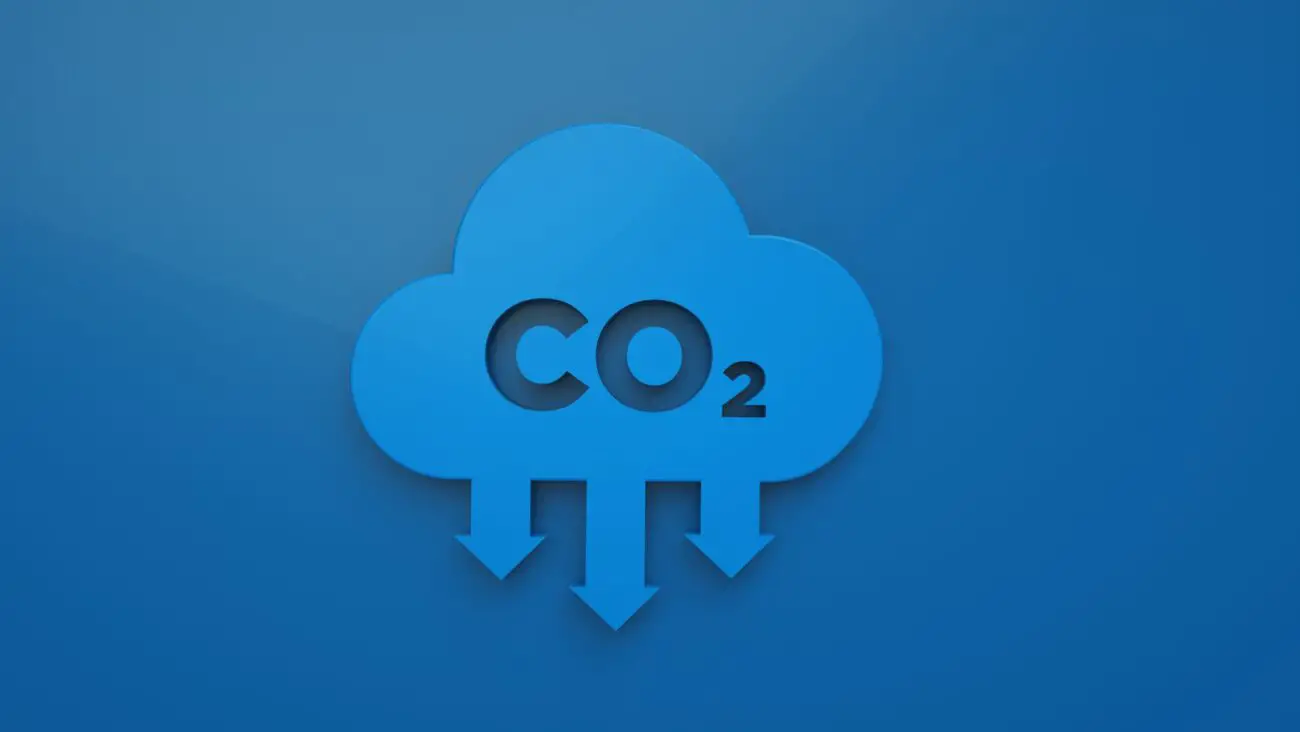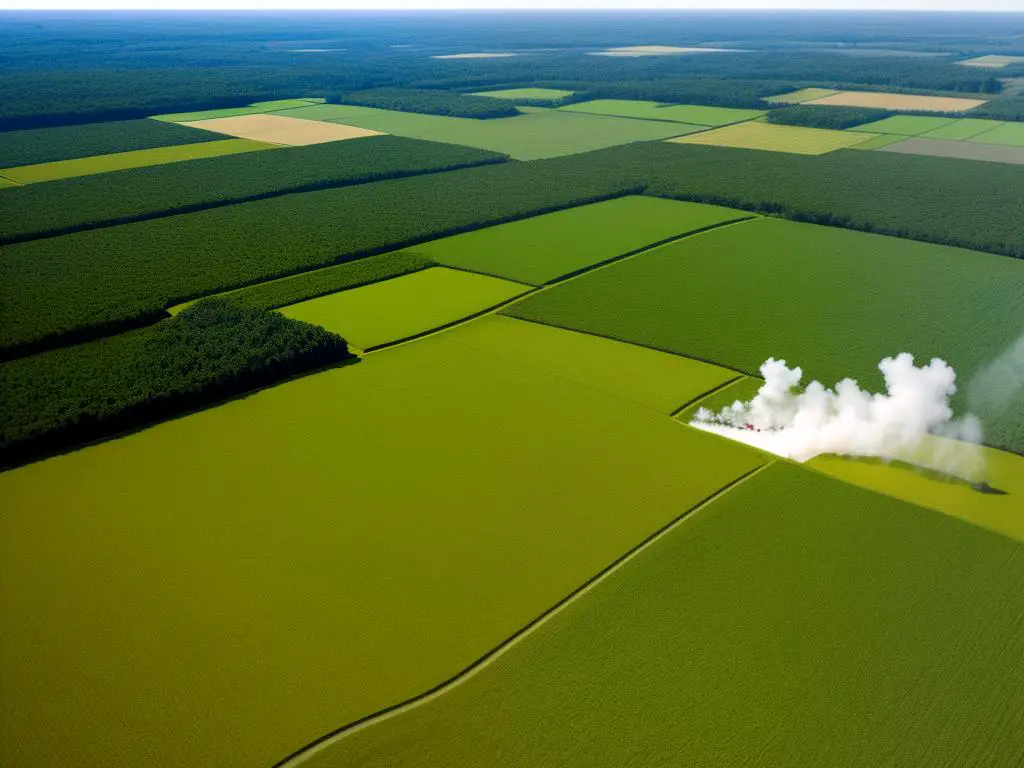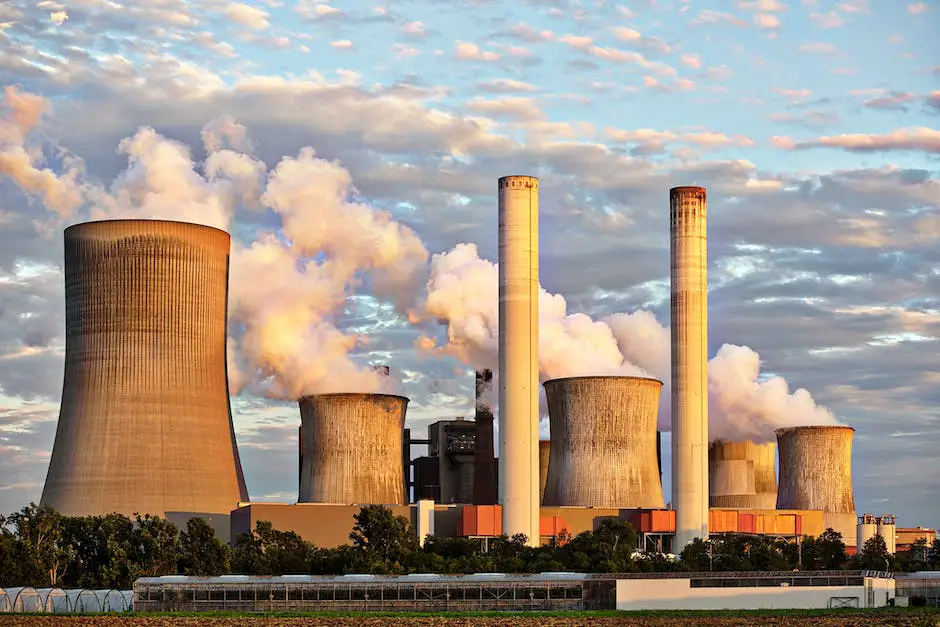In the quest to offset the deleterious impacts of fossil fuels on our planet and health, biofuels have emerged as a compelling alternative, gaining considerable recognition and investment around the world. However, whilst biofuels promise significant environmental advantages, their production and usage are not without significant limitations. This exposé offers an enlightening journey into the world of biofuels, offering an understanding of their production, usage, environmental repercussions, as well as the significant economic and social challenges they present.
Defining Biofuels
On a widespread scale, globally, there is considerable reliance on traditional fuels, such as oil, coal, and natural gas. Industrial mechanisms, transportation systems, and residential appliances predominantly depend on these fuels. It’s rather like a typical afternoon in a hustling, bustling station, where the comings and goings of trains, as incessant as they are, power the heartbeat of the city. For our world metaphorically, the continuous extraction, refinement, and consumption of fossil fuels power the heartbeat of our economies.
Digging a bit deeper, in the environmental research labs and international green agencies, it’s apparent how heavily the traditional fuels compass leans toward biofuels. They are seen as the charming new arrival that could tip the scales away from fossil fuel dependency, somewhat like the breath-taking lady stepping off a newly arrived train, her vivid scarlet dress instantly silences the dull grey of the station, drawing everyone’s attention.
Biofuels, in essence, are fuels derived from organic material, often agricultural crops, or green waste. They are like vases made from recycled glass, a product given a new life and purpose. There are two primary types of biofuels—bioethanol and biodiesel. Bioethanol, akin to the glamourous lady’s bright red lipstick, is often produced from sugar-laden crops like corn and sugarcane. This biofuel is fiercely appropriate for use in petrol engines. Biodiesel, on the other hand, is derived from oils or fats, akin to the ladies hand cream, and it’s used in diesel engines.
The process of creating these fuels is akin to a state-of-the-art patisserie, where the ingredients go through meticulous processes to become the final product. The crops are carefully cultivated and harvested, then transported to plant that uses fermentation to convert those sugars into ethanol. The produced fuel then proceeds to be refined, to ensure a smooth integration with the engines.
The prevalence of biofuels in modern society cannot be brushed under the rug. A stark example is Brazil, where vehicles run on an ethanol-petrol blend, making it seem as integrated into society as morning coffee. Other uses of biofuels include heating, cooking, and electricity generation. In these instances, biofuels are as essential as the morning toast, warming, nourishing and keeping society on the move.
However, like with the lady in red, the allure of biofuels has some limitations. While these fuels do look promising in addressing significant issues like carbon emissions and oil dependency, they come with their share of shortcomings. Just as the striking red dress clashes with the lady’s green eyes, biofuel production conflicts with food production and biodiversity. They also require significant energy for processing, similar to high maintenance of the lady in red might demand.
Limitations of Biofuels
Yet, understanding these biofuel limitations doesn’t diminish their importance. It simply acknowledges reality. And, in the same way we appreciate the diversity in a crowd, we must also appreciate the biofuels, flaws and all. It’s this balance of understanding the importance and limitations that allows for better decision-making on fuel options in the future.
In our perpetual cycle of consuming traditional fuels, akin to the ceaseless comings and goings at a railway station, we must keep our minds open to alternative energy solutions. One such promising alternative is biofuels, which stand to potentially rewrite the script of our global energy narrative.

Biofuels vs. Fossil Fuels
The Fuel Face-off
Imagine the bustling heart of a major city, alive with the roar of countless vehicles. For years, fossil fuels have powered our transportation systems, acting as the lifeblood of our journeys. However, mounting environmental concerns have brought a new alternative into the limelight – biofuels. With the shadow of climate change growing ever larger, it’s imperative that we explore and contrast these two sources of energy as they vie for supremacy in our fuel future.
Efficiency: The Eternal Uphill Battle
Perhaps the most significant limitation of biofuels lies in their efficiency. While fossil fuels, the giant on which our entire mechanised civilisation stands, has an energy density that’s nothing short of extraordinary, biofuels often struggle to match up. The energy density of biofuels is substantially lower, meaning that to generate the same amount of energy, much larger volumes of biofuels must be burned compared to their fossil counterparts. This is akin to an endless marathon runner having to consume more calories than a sprinter, despite both working towards the same goal: covering distance.
Money Matters: Paying for Green
The economic implications of biofuel usage is an area that’s particularly stark. Producing biofuels can be costlier than extracting fossil fuels, due to the compounding factors like agricultural inputs and energy requirements for processing. Imagine a farmer who must nurture soybeans from seeds to harvest, only for the beans to yield comparably diminutive quantities of biodiesel. Meanwhile, an industrial drill plunges into the earth’s crust to pump out barrel upon barrel of readily usable liquid gold. The cost difference is palpable — and not in favour of biofuels.
The Spectre of Sustainability: A Fable of Two Footprints
On the environmental front, the story is more nuanced. Biofuels, in theory, promise us a greener planet by operating on a ‘carbon cycle’. The very crops that produce biofuels absorb carbon dioxide from the atmosphere during growth, offsetting the emissions when the fuel is eventually burned — a near perfect circle. Yet this circle has been tarnished by realities of large-scale biofuel production.
Widespread cultivation often requires deforestation, peeling the earth of her green garments, thus resulting in substantial carbon emissions. Large quantities of fertilisers, whose production involves substantial amounts of fossil fuel, have their own carbon footprint. So, while a biofuel economy might wear the face of a climate crusader, its hands can sometimes be stained with the same carbon it sought to erase.
The Greenhouse Gauntlet: A Lifelong Contest
In terms of life-cycle greenhouse gas emissions, a broader perspective on environmental impact is needed. While burning biofuels may release carbon dioxide, studies show that they emit less greenhouse gas over their entire life cycle compared to fossil fuels. As such, whilst fossil fuels lie slumbering in the earth, untouched, their potential for harm is dormant. But with extraction comes the release of sequestered carbon—a genie that is hard to put back into the bottle.
For biofuels, the tale is different. It’s not a question of ‘letting sleeping dogs lie,’ as these fuels are derived from annually renewable resources. Theoretically, the emissions from biofuels are part of a continuous cycle. A tree grows and absorbs carbon dioxide, it is then converted into biofuel and burned, releasing that same carbon dioxide, and the cycle repeats. However, the practical execution of this cycle is riddled with intricacies, and the same heroic knight can sometimes find himself playing the villain.
Despite the rising optimism surrounding the implementation of biofuels as a solution to greenhouse gas emissions, it’s important to acknowledge that not everything is as simplistic as it appears.
The ongoing debate between biofuels and fossil fuels highlights how each side garners both support and criticism. As we continue to understand their multifaceted roles, we realise that these fuels are quite multidimensional. Depending on the given circumstances, they can either serve as saviours or create complications. Even though biofuels may have their limitations, their potential for significant contribution in our global sustainability efforts should not be underestimated.

Environmental Limitations of Biofuels
The Diamonds and Rust of Biofuel Production
Biofuels have often been championed as the eco-friendly counterpart to traditional fossil fuels, offering the potential to overhaul the way we consume energy whilst supporting sustainable standards. However, when we look beyond the initial gloss and into the more undesirable facets of large-scale biofuel production, the lustre somewhat diminishes.
The Unsustainable Route to Sustainability: Deforestation
One of the biggest environmental limitations of biofuel production lies in the sheer scale of deforestation involved in making room for crops such as palm oil, soy, and sugarcane. Vast swathes of forests are razed to the ground, essentially painting a green solution with a deeply red brush.
Forests are iconic pillars of biodiversity and our planet’s natural carbon storage systems. Their permanent loss not only accelerates global climate change by releasing massive amounts of carbon dioxide into the atmosphere, but also has a devastating impact on ecosystems and species which make their home in these forests.
Biodiversity Loss: The Silent and Unseen Damage
Deforestation for biofuel crops not only bulldozes the trees but also wipes out diverse ecosystems. These habitats are home to an immeasurable variety of species that contribute to the harmony of our planet, from regulating our climate to recycling our waste.
When their habitats are lost to biofuel crops, these species face scarcity of food and living spaces, pushing them towards extinction. This biodiversity loss disturbs the balance of nature, impacting ecosystems and the services they provide to humankind, such as pollination of crops, water purification, flood control, and disease regulation.
The Trouble with Water: Pollution and Depletion
Water is a fundamental resource for life and large-scale biofuel production presents a significant threat to water quality and availability. Agriculture processes used for growing feedstock crops rely on heavy usage of fertilizers, pesticides, and herbicides.
The harmful residues from these chemicals often seep into surrounding water bodies, contaminating water resources which local communities and wildlife depend on for survival. This water pollution compromises the health of aquatic ecosystems and results in a significant impact on the biodiversity within these water bodies.
Moreover, large-scale cultivation of biofuel crops depletes freshwater resources. It takes more than 2,500 liters of water to produce just one liter of biofuel, a worryingly high ratio when considering global water shortages.
In Conclusion—Is It Truly Green?
Given the context of climate change and the steady decline of fossil fuels, biofuels appeared as a promising solution. However, the environmental impact associated with them challenges the “green” reputation attached to them.
Large-scale biofuel production accompanies numerous unintended environmental consequences like deforestation, decreased biodiversity, and water pollution,compromising its credibility as a sustainable energy option. These stark environmental limitations underline the importance of exploring other renewable energy alternatives and critically assessing the genuine costs of transitioning to clean energy.

Economic and Social Limitations of Biofuels
The Economic Puzzle of Biofuel Production
At first glance, biofuel production seems to be an attractive renewable energy source, resonating with hints of environmental sustainability. However, scratch beneath the surface and you start uncovering the economic challenges linked to this energy source. The production costs associated with biofuels can introduce financial instability within the industry.
Most sustainably produced biofuels are derived from agricultural crops, which need continual nurturing and investment for growth, similar to a child. This encompass cultivating fertile land, providing water, applying pesticides, and allocating labour, cumulatively imposing hefty costs. Moreover, the subsequent processing and refining costs could be compared to the proverbial ‘school fees’ one pays to develop a child into a mature adult.
Infrastructure: Foundations of Sand
The existing infrastructure, no more capable of handling biofuels than a frail old man carrying a heavy backpack, becomes another limit. Simply put, our current systems are designed for fossil fuels and adapting or creating new pipelines, storage facilities, and engines for biofuels can require billions. It’s like ripping out the Victorian plumbing in an old house to replace it with modern fixtures, an expensive, time-consuming, and disruptive process.
Swinging Food Prices: The Biofuels’ Ghost
Another ghost that often haunts the biofuels market is its impact on food prices. As areas of land formerly tasked with producing food crops are shifted towards generating biofuel crops, the pendulum of supply and demand swings, resulting in an increase in the cost of foodstuff. In a world already struggling with food shortage, this can be a bitter pill to swallow of limitations of biofuels, with the bitter taste of hunger pervading the lives of countless people around the globe.
Battle of the Lands
The social ramifications of biofuels production also cast ominous shadows. Think about it like a board game, with each player vying for a piece of land. Biofuel production, like a formidable competitor, gobbles up vast tracts, displacing local communities in its wake. It is similar to a greedy landlord, turning tenants out into the streets to make room for more lucrative occupants. A farmer’s field of sunflowers replaced by energy crops can mean both a loss of livelihood and cultural heritage is also explaining limitations of Biofuels.
Jobs – The Double-Edged Sword
Like a well-crafted narrative, the story of biofuels also has contrasts. While on one hand, the industry provides opportunities for job creation – researchers, farmers, process engineers – it also threatens jobs rooted in traditional fossil fuel-based industries. It is a double-edged sword, benefiting some while leaving others in its wake.
Biofuels, despite their promise of a greener planet, come with a distinct set of economic and social limitations. These challenges underline the complexity of this renewable energy source and the delicate balance necessary for its successful implementation.

Research and Advances
Understanding the Dual Nature of Biofuels
Globally, biofuels are touted as an enticing antidote to fossil fuels. Derived from organic matter, their renewable nature bolster their influence in the quest to curtail environmental damage. Nonetheless, the world of biofuels is not as straightforward as it seems, marked by numerous hindrances that paint a multifaceted picture.
Crop Concerns and Food Security
A significant limitation of biofuel production hinges on the agricultural sector. The cultivation of biofuel crops negatively interferes with the space or resources required to grow food crops. In developing countries, this becomes a critical issue, seeing as it exacerbates an existing crisis in food security. Moreover, it has been said that, ironically, fossil fuels are required for the agricultural production of biofuel crops.
However, current research is endeavouring to address these quandaries. Many scientists are exploring the potentiality of non-food crops – such as Jatropha, switchgrass, and algae – as feedstocks for producing biofuels. These crops possess the potential to grow on marginal lands, not ideal for food crops. This innovation would not only help in preserving the integrity of food crops but also considerably reduce reliance on fossil fuels in their cultivation.
Next-Generation Biofuels
- At present, a majority of biofuels stem from first-generation feedstocks, primarily food crops, which have significant emissions when growing and converting them into fuels. The energy balance, essentially the ratio of energy input to output, frequently tilts unfavorably, underlining another key limitations of Biofuels.
Addressing this issue has mobilized researchers to shift their sights towards next-generation biofuels. These comprise of biofuels derived from waste materials and special energy crops, with a potentially better energy balance, elimination of competition with food crops, and reduced emissions. Advances in this segment are promising, with some laboratory successes and pilot projects in full swing.
Technological Strides ahead
Even though we find disadvantages rooted in biofuel production and usage, it is technology that races against these predicaments. Pioneering breakthroughs in the horizon aim to revolutionize the field of biofuels.
Technological advances in genetic engineering may open up new avenues for biofuel generation. For instance, genetically modified organisms (GMOs) that can more efficiently convert sunlight and CO2 into the fuels are under development. These GMOs could yield biofuels with higher energy content and fewer emissions. Furthermore, innovative techniques are being used to modify plants to produce non-food biomass for biofuel production, thereby circumventing the issue of food security.
While the current narrative of biofuels is intertwined with complex challenges, the tenacious work and research carried forward by scientists and researchers serve to rewrite their story. Although there’s much room for improvement, the ever-evolving science and innovations lend a balanced perspective and a silver lining, underlining the potential future of biofuels. From enhancing efficiency, exploring new energy crops to leveraging technological advancements, strides are being made to overcome the limitations and unlock the latent promise of biofuels.
Despite the numerous challenges biofuels currently face, significant developments and scientific endeavours illustrate a promising future. Endeavours to alleviate environmental harm, mitigate social and economic challenges, and increase efficiency are pouring into the sector like never before. Yet, it’s crucial to remain vigilant and ensure these developments align with the goals of sustainability, social justice, and economic viability to truly realise an alternative that meets our energy needs without compromising our world.





